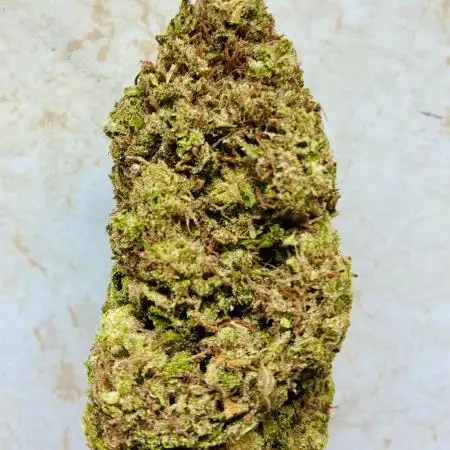By continuing to use the website or clicking Accept you consent to our cookies and personal data policy and confirm that you are at least 18 year old. For details please see Privacy Policy and Terms
Accept
Targeting PPFD and DLI
kookoostarted grow question 10d ago
Last week or so of Autoflower on 20 hour light cycle. Cant get 35DLI and 650PPFD both. I have adjusted light to 667PPFD on a 14 hour light cycle. Is this viable way to target PPFD and DLI?
Solved
likes
00110001001001111Oanswered grow question 10d ago
650 ppfd with 15 hours is 35.1 DLI. There's more than one way to get there. There are DLI tables for reference.
667 over 14h is only 33.6. It's proportional to hours of operation... algebra can get you anyhwhere else.
Also, most calculate ppfd wrong or the app isn't clear or let's you do it the wrong way etc. PPFD can't be a single spot measurement. It's the amount light relative to 1 meter-squared. A single point measurement is only PPF or PPE. If you measure in ceenter your supposed DLI will be exaggerated. If you measure on the side it'll be understated. You need several measurements equidistant apart and same vertical distance from light - average it out and that is a good estimate of PPFD.
But, this is not necesary. I only tell you if you have a compulsion to do it. That's not how you use DLI in this context. It is merely a ballpark starting point. From there you adjust based on how the plant grows. This also assumes a mature plant... ramping up with seedlings is its own process. The point is whether you start at 35 or 33, really doesn't matter... it's close enough and you don't decide max DLI... the environment does.
if you have accurate specs from your light, which is not as often the case ass you might think, you can cut some corners and get a simalrly good ballpark to start with. totoal umol/s PAR production of light divided by area in m^2 (larger if less than 1) and that's your PPFD .. it'll be a bit of an overshoot, so go for "40" dli to start. This accounts for light absorbed or missing the plant as it spreads out. 35-40 dli is a good target regardless... in the end you still have to adjust based on plant growth and way easier than taking a bunch of precise measurements for something you cannot be precise about in a top-down manner relative to a home garden context.
200umol/s par focused on 0.2m^2 is 1000ppfd. 200 focused on 1.5m^2 is 133 ppfd. Common sense diode distribution required. This stuff assumes other aspects are in order.
When you find an intensity that's dialed back from causing damage or stunting, you know you are at upper edge relative to local factors. If you have seasonal differences, you may find you can give more or less throughout the year... you can recognize and adjust for each season accordingly.
Depending on climate control and ambient co2, you may be able to give more or less than you initially estimated. The plant's growth pattern will have the final say. You do not choose 'max' DLI from a top-down perspective. It is a matter of several factors that are not always consistent.
Ultravioletanswered grow question 10d ago
Or to achieveee 50 DLI
50,000,000 micromoles
50,000,000/seconds of daylight hours = ppfd
50,000,000µmol / 72000s = 694 ppfd
likes
Complain
Ultravioletanswered grow question 10d ago
Convert however many hours you are doing into seconds.
20 hours 60x60x20=72000s
14 hours 60x60x14=50400s
Multiply the PPFD by the seconds to give you the micromoles.
667x50400=33,616,800
Rounded to 34 moles
34 DLI
A cannabis plant can handle 60 DLI with 1200 ppm CO2. Or 40-50 DLI at ambient CO2, 400 ppm or so.
likes
Complain
HavelGroweranswered grow question 10d ago
Your DLI is calculated as followed
650umol/m2/s x3600sec. x14h = 32,8 million
Divided by 1.000.000 =32,8 mol
If ur target is DLI is 35 mol, u need to put 700 umol/m2/s on them for 14h.
DLI is the daly amout of your „ppfd“ … ppfd is more like the method not the unit.
Hope its helps
Best
likes
Complain










